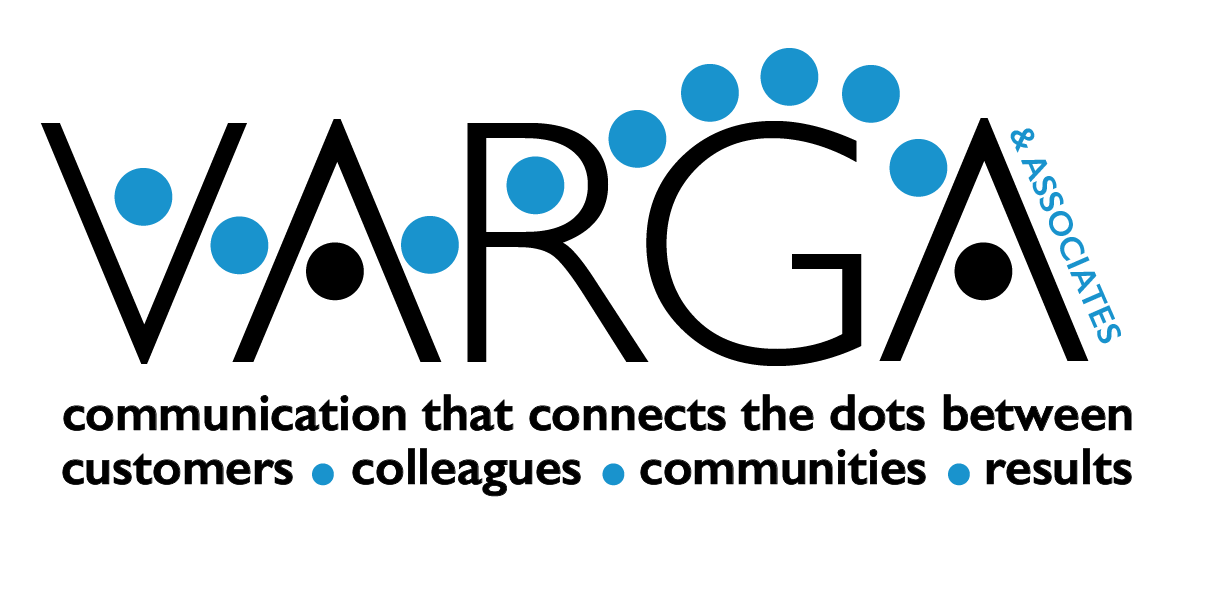“Watch your tone, Missy!” I heard that a few times growing up from my parents and I knew exactly what it meant and still cringe today thinking about those moments. It referred to the times I was being disrespectful or mean spirited in my comments. Speaking that way got me nothing but trouble.
As an adult and communication coach I recognize that “tone” is one of those important tools we need to be sensitive about when it comes to the way we communicate everyday. If we want to get traction for our ideas rather than trouble, we’ll watch our tone.
Tone can be defined as a “particular quality, way of sounding, modulation, or intonation of the voice as expressive of some meaning, feeling, spirit, etc.: a tone of command.”
A colleague and friend of mine, Richard, called me recently to share an experience he had when he landed in Chicago from NY. As the aircraft was taxing to the gate he turned on his cell phone to pick up messages, and one of the messages sounded important so while traveling to the gate he responded to the message. The person on the other end of the line was distraught and angry. Richard recalled handling the call in the best way he knew how and left it at that. Someone speaking on a cell phone on an airplane can be truly annoying but this time Richard shared that as the passengers were disembarking, the woman seated next to him who had not said a word to him the entire flight said, “Boy, the way you handled that call was amazing. I could tell you were dealing with someone who was upset. The tone you set was calm and reassuring. I am an executive coach and you did everything I teach people to do. Well done.” Then while walking through the (whatever the tunnel between the plane and the terminal is called) another woman, a middle aged woman, came up to him and said, “I overheard your conversation on the plane with the woman on the phone, and I don’t know exactly what you were talking about, and I liked the way you spoke with her.” When does that ever happen?
So I decided to ask Richard – who I do consider my “tone” role model – what he does. He said, “I always ask myself – What is it that I am not seeing or don’t know, that if I did, it would greatly improve my ability to function and respond at a higher level?
I immediately related. When we are faced with a crisis we tend to respond to exactly what we see and feel.
· They are wrong, I’m right!
· This makes no sense.
· How rude! How wrong!
Instead, when it is heating up around you
· Slow way down, pause, breath
· Lower your volume
· Use “I” language (instead of “You don’t understand…” try “I don’t understand…”)
· Ask, “What don’t I see?” Shift to being curious and asking questions like: “You sound upset, can you tell me what’s going on?”
· Modify your body language (avoid directive and punitive gestures)
Benjamin Franklin once said, “Think twice before you speak and you will speak more wisely for it.”
He also said, “Remember to do sober what you said you’d do drunk, it will teach you to keep your mouth shut!”
In the professional environment we are asked to present our ideas in many different ways. Whether you are conducting a conference call, making a presentation or sharing feedback with a colleague always consider not just what you are saying but how you are saying it.
- Tone reinforces the behaviors we want to exhibit.
- Tone reinforces the brand image we want to portray.
- Tone is about how you feel when you hear, read or see any message about yourself or your company.
- Tone is about living your brand, attributes, values and culture and delivering value to our clients and colleagues.
- Tone should be reinforced by leadership and reflected by every member of your team, at every level.
Begin to make awareness of tone an important part of your communication tool kit. Many believe that “tonality” communicates more than the words that are spoken. It can set you apart, help you negotiate, build relationships, and diffuse tense and angry situations and much more. Plus, you’ll never have to hear anyone say, “Watch your tone!”






